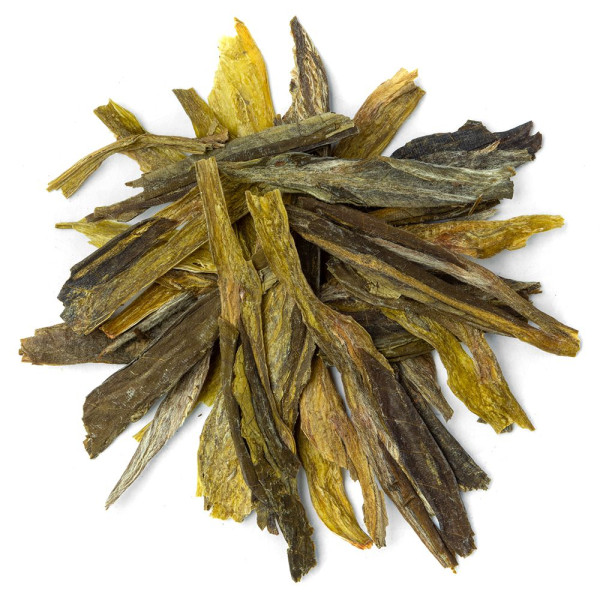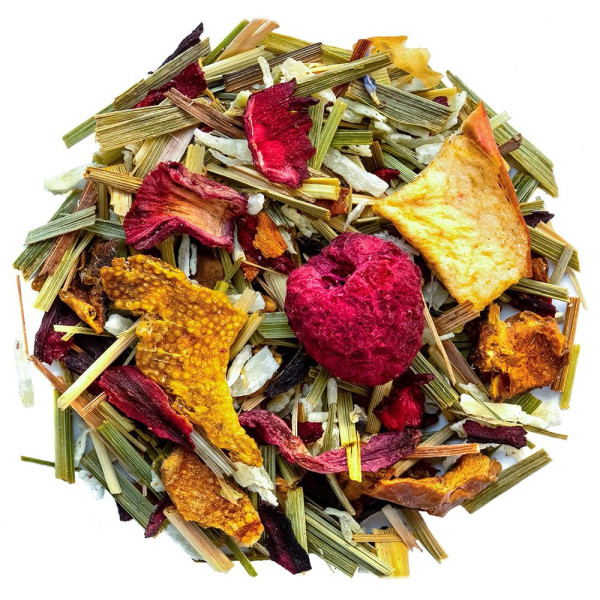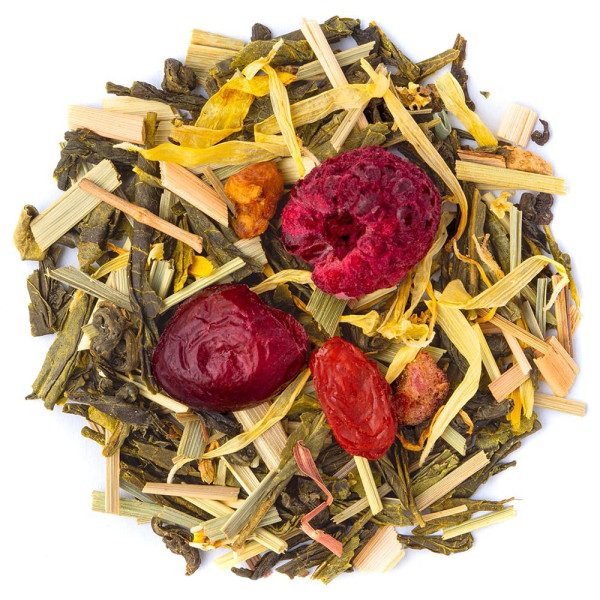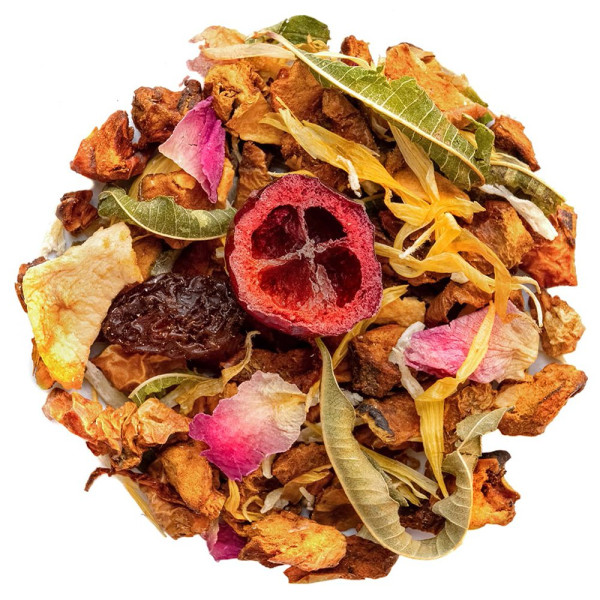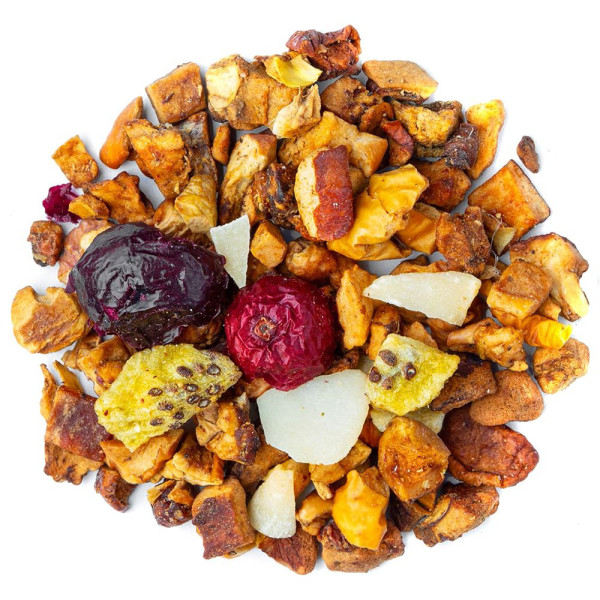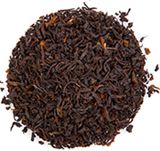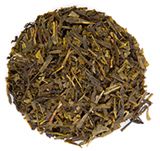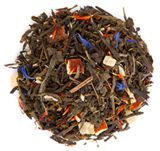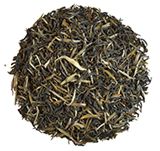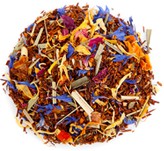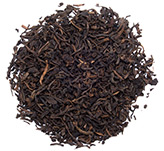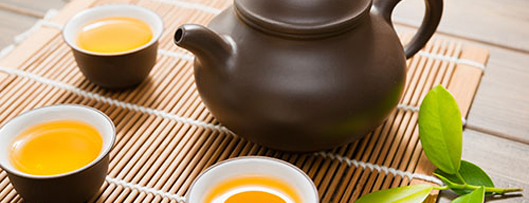This absolute rarity grows on the slopes of Mount Huangshan in China
Our customers talk about us
Our selection of Teas & Herbal Infusions
Discover our organic loose-leaf teas
We offer ONLY ORGANIC TEA in bulk, carefully selected for the highest quality.
Our teas are sourced from the four corners of the world!
Let yourself be seduced by our teas
Thés & Traditions brings you a selection of exceptional organic teas, sourced from small outstanding plantations that are certified organic.
We have chosen to offer teas of rare quality — teas that will enchant beginners as well as seasoned connoisseurs. All our organic blends are carefully hand-crafted and packaged in Dijon, France.
One last point, often overlooked: tea leaves are never washed. By choosing organic teas, you can enjoy the reassurance of a cup free from pesticides.
Discover our teasWe have chosen to offer teas of rare quality — teas that will enchant beginners as well as seasoned connoisseurs. All our organic blends are carefully hand-crafted and packaged in Dijon, France.
One last point, often overlooked: tea leaves are never washed. By choosing organic teas, you can enjoy the reassurance of a cup free from pesticides.




